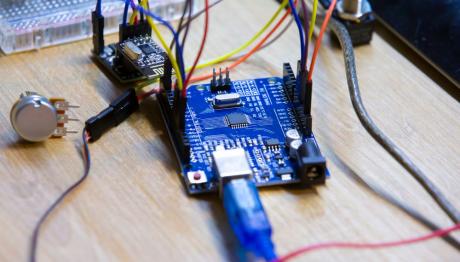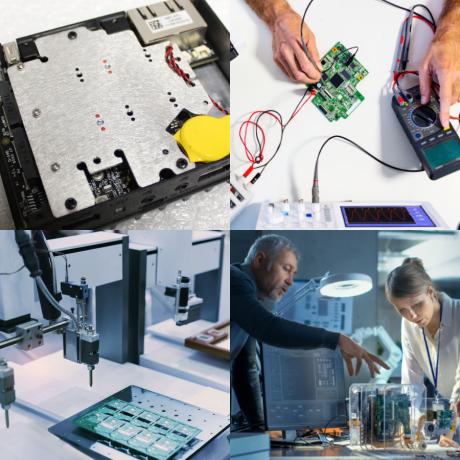Low-cost educational computers are designed to help users get new projects up and running quickly. They have become attractive to professional engineers for precisely this reason, and many are already familiar with them from school or undergraduate days.
Although great for proof-of-concept work, user should consider carefully how to industrialise the finished product for the intended target market. It may be faster and more cost-effective to start with on an industrial-oriented platform or migrate the hardware at an early stage of the project.
At Anders, we can provide help to make the right decisions on hardware at the optimum time in the project.
What are the advantages of starting an HMI design project on an educational computer platform?
Small educational computer modules – the Raspberry Pi is a great example - are ready to use, affordable and compact. You can get started almost immediately, and their popularity means there is plenty of code in the open-source community to help get basic features running. You may already have done projects as a maker, or as a professional engineer (platforms such as these are widely used in industry), and therefore may already be familiar with getting a project up and running quickly.

What are the drawbacks of using a computer like a Raspberry Pi for my HMI?
- Robustness. Although some companies have commercialised products for industrial automation based on educational computers, you should assess carefully whether the hardware you intend to place on the market will be robust enough for the operating environment.
- Compliance. Other issues to consider include EMC compliance. Although the chosen board may have passed relevant EMC tests to qualify for CE marking, your product may ultimately have to pass more stringent tests. Industrial equipment must demonstrate a higher level of conducted noise immunity, in accordance with IEC/EN IEC 61000-4-6 Level 2 or Level 3 whereas consumer products only have to pass level 1.
- Longevity. You should also look at the manufacturer support available for your chosen module, particularly longevity commitments. Suppliers of industrial components often give as much as 10 years’ notice that they will be terminating support. Low-cost consumer-oriented hardware, on the other hand, typically comes with no such assurances.
- Flexibility. In addition, if you need to make small changes to your products that can affect parameters such as signal timing or voltage thresholds, you will need to know how your system’s performance may be affected.

At Anders we only design systems with industrial-grade products and can therefore provide dedicated support to answer your questions, the same is not so easily provided by an educational board producer. As an alternative, you can use one of our starter kits. Bear in mind that they are designed as a convenient platform for proof of concept and prototyping. Anders can help you port your design to production-ready, industrialised hardware at the optimum time in the project.
Can I migrate my proof of concept to a different hardware platform?
Finding out late in the project that your chosen hardware platform is not robust enough for deployment, or your product cannot meet the applicable EMC requirements can prevent reaching critical milestones on time.
Porting the design to an industrial-ready platform at an early stage can be easier than expected, and you could save time and development costs.
The engineering team at Anders can help you realise a suitable platform based on an application processor that has everything needed for industrial use cases. This includes not only robustness and flexibility to customise your design, but also features such as industrial interfaces and dedicated graphics engines that help you create a superior-performing HMI.
Get in touch to discuss your hardware needs with our team of experts!


